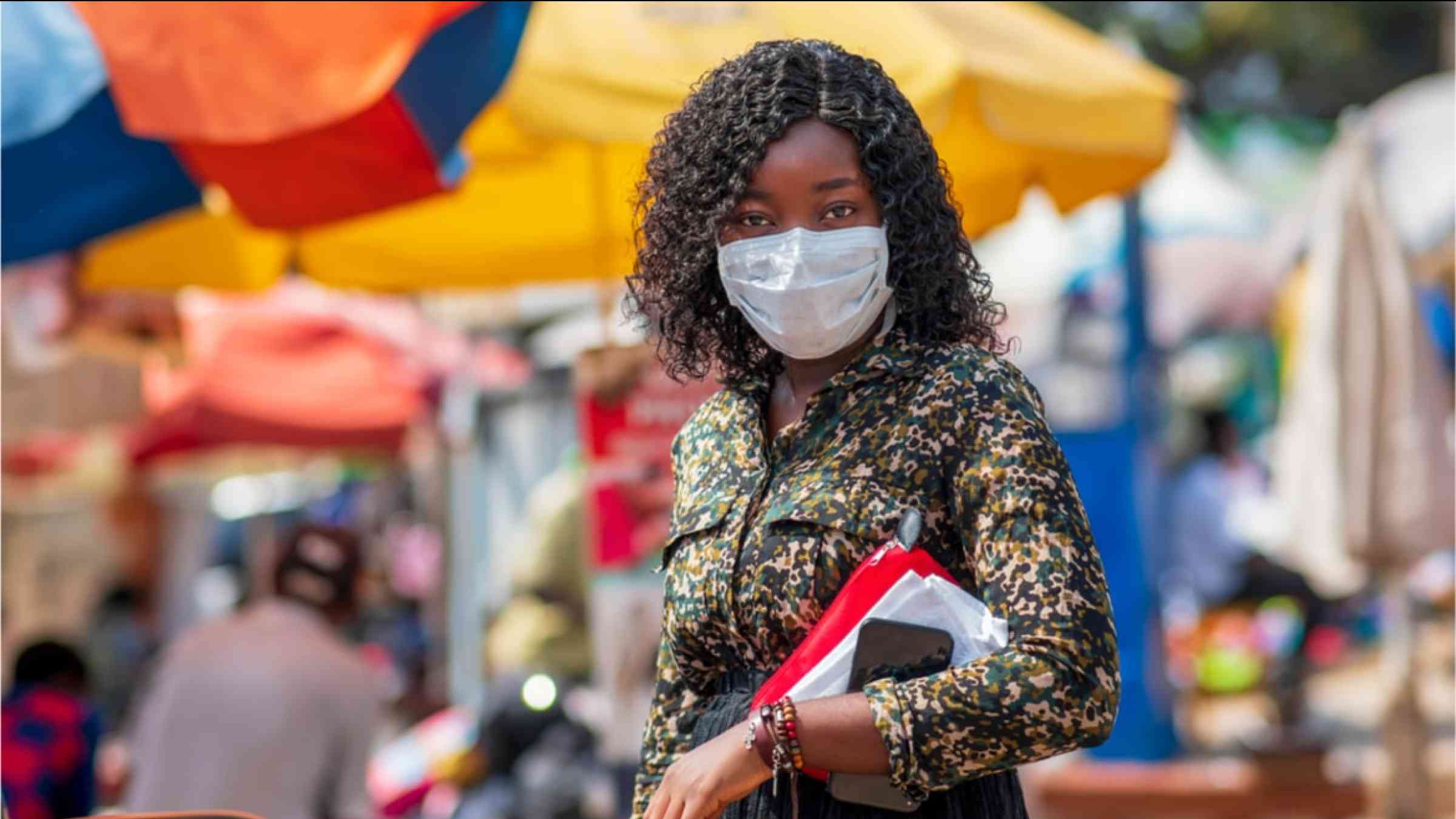COVID-19 sparked new thinking on risks, UN report finds

As world leaders are traveling to Bali to meet at the Global Platform for Disaster Risk Reduction 2022 and discuss how to better prevent and reduce current and future risks, the United Nations University Institute for Environment and Human Security (UNU-EHS) and United Office for Disaster Risk Reduction (UNDRR) have launched the new report “Rethinking Risks in Times of COVID-19.”
The report reveals that the way individuals and decision-making bodies such as governments view risks associated with hazards and shocks has undergone a fundamental change as a result of the COVID-19 pandemic.
“Before the pandemic there was not much awareness that hazards, such as floods, droughts or regional disease outbreaks can have knock-on effects on societies globally. Only when COVID-19 started to spread and affect our daily lives, the true extent of how interdependencies in our highly interconnected world are causing impacts to cascade within and across societies became fully visible,” said Dr. Michael Hagenlocher, lead author of the report and senior scientist at UNU-EHS.
As infections were on the rise, the unfolding pandemic prompted a range of policy measures, including stay-at-home orders and shutdowns of public life to limit the spread of the virus and avoid health systems becoming overwhelmed.
The effects of these measures were vital in preventing health systems from collapsing and critically necessary for reducing COVID-19 fatalities, and undoubtedly saved millions of lives across the globe. However, the cascading effects of some of these policies hit the most vulnerable the hardest. Underlying issues such as poverty, precarious jobs in the informal economy, lack of access to education and structural gender biases were made worse by the pandemic.
“Rethinking Risks in Times of COVID-19” presents the results of research from five case studies, conducted in five geographically and socially diverse locations; an urban setting in Ecuador, coastal areas in India, the world’s largest refugee camp in Bangladesh, the Maritime Region in Togo, and Indonesia.
The experience of people in each location reveals not only the human cost of the cascading effects from the pandemic, but also points to lessons that can be learned for risk management in the future. A clear picture emerges showing that the pandemic cast a far-reaching net of impacts that rippled across societies far beyond the immediate effects of COVID-19 itself.
“The COVID-19 pandemic is a textbook example of systemic risk with cascading impacts, where a public health disaster turned quickly into a socio-economic disaster. The compounding effects of these shocks and hazard events clearly demonstrate the need for greater investment in disaster risk reduction and a multi-hazard approach to disaster risk management,” said Jenty-Kirsch Wood, lead author and Senior Programme Manager at UNDRR.
The new report “Rethinking Risks in Times of COVID-19” has set out a number of clear recommendations that can be taken to improve risk management.
One is to join the dots on interconnections. The cascading effects originating from COVID-19 made it possible to understand how things are connected, and how this results in and exacerbates impacts. For example, many people working in the informal economy in Guayaquil, Ecuador, rely on an influx of trade from the city’s port, which significantly slowed down during the pandemic, ultimately resulting in significant financial impacts for individuals. By understanding how this system of interconnections works, it is possible to identify where there are vulnerable components that need to be addressed.
Another is to identify the possible trade-offs implicit in policy measures. Several measures to combat COVID-19, such as school closures, stay-at-home orders and travel restrictions, while necessary to reduce the spread of the disease and save lives, had widespread cascading effects that impacted people disproportionately based on their individual situations. This highlights the need to assess and evaluate possible trade-offs and cascading effects involved in introducing such measures because they can have unexpected repercussions and can exacerbate existing societal inequalities and vulnerabilities in unintended ways.
A third action is to focus on processes for systemic recovery while leaving no one behind. The interconnected nature of systems also presents an opportunity for positive turning points, by creating positive cascading effects. In the context of the pandemic, this was seen through the job creation that followed the provision of financial assistance from governments, charities and NGOs, or advances in digitalization following stay-at-home orders.
Today’s interconnected world is an evolving system, and disastrous events are often exacerbated as a result of systemic failures. This emphasizes that a deeper understanding of the systemic nature of risk is needed. This includes an understanding of how risks trigger other hazards and shocks, often in unpredictable and uncertain ways.
“Providing lessons from COVID-19, this report reminds us of the importance of better understanding the interconnections in societies and the vulnerabilities within them. This not only holds true for pandemics, but also for the effects of climate change and violent conflicts as we can currently see with the devastating effects of the war in Ukraine. With our report we hence hope to influence the discourse on how we understand and approach risks at the upcoming Global Platform for Disaster Risk Reduction 2022 but also beyond,” concluded Hagenlocher.
For more information or for interview requests, contact: the UNDRR Media Team: Omar Amach ([email protected]) and Rosalind Cook ([email protected]).
About UNDRR
The UNDRR is the focal point for disaster risk reduction within the UN system. It oversees the implementation of the Sendai Framework for Disaster Risk Reduction 2015-2030 and convenes and organizes the Global Platforms for Disaster Risk Reduction.